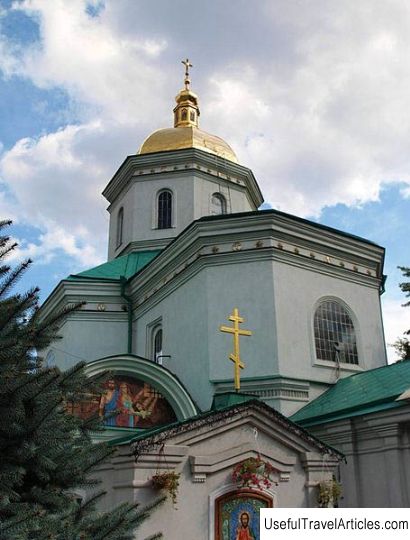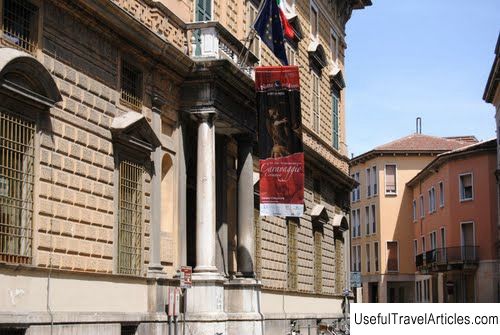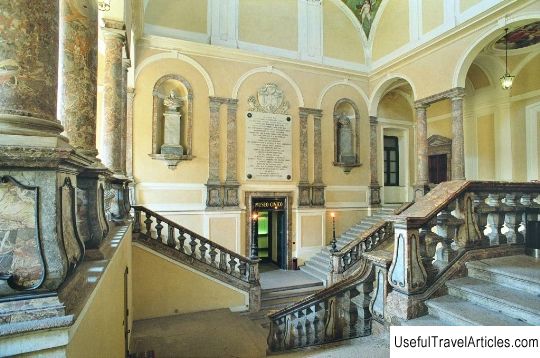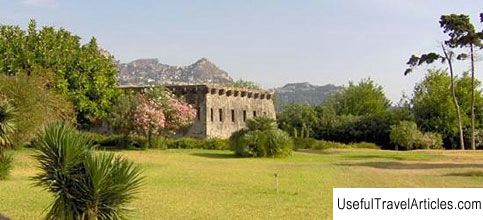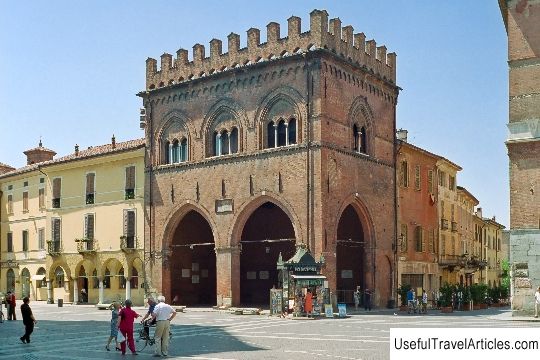Archaeological Museum of Cremona (Museo archeologico) description and photos - Italy: Cremona
Rating: 8,1/10 (2043 votes) 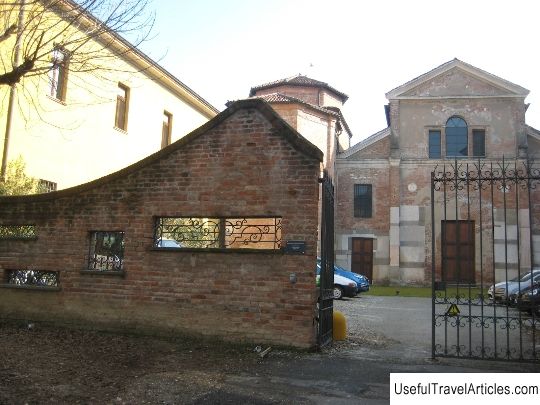
Archaeological Museum of Cremona (Museo archeologico) description and photos - Italy: Cremona. Detailed information about the attraction. Description, photographs and a map showing the nearest significant objects. The name in English is Museo archeologico. Photo and descriptionThe Archaeological Museum of Cremona was opened in 2009 in the building of the Church of San Lorenzo and the adjacent chapel of Meli from the 15th century. This independent museum grew out of the archaeological collection of the city museum, part of which is still on display in the Palazzo Affaitati. The Church of San Lorenzo, secularized at the end of the 18th century, belonged to the Benedictine order and later to the Olivetans. It has a three-aisled structure and dates from the early 13th century. Its architecture shows the characteristic elements of the Romanesque style - vast spaces and the typical decoration of the vaults of the apse. During archaeological excavations in 1962, the remains of an older church were discovered, possibly the one referred to in the late 10th century parchment. as well as an early Christian cemetery and an ancient Roman necropolis from the 1st century BC. The decision to turn the Church of San Lorenzo into a museum complex entailed extensive restoration work, which affected both the structure of the building itself and its decoration. Today, it houses the "core" of the archaeological collection of Cremona - artifacts discovered from the 19th century to the present day (in Piazza Marconi), which allow one to get an idea of the city founded by the Romans in 218 BC, by one of the first to the north of the Po River. In total, the museum exhibits about 500 exhibits presented in three sections - fragments of public buildings (in particular, the theater on Via Cesare Battisti), the remains of residential buildings Domus del Labyrinto and Domus del Ninfeo, richly decorated mosaic floors, antique wall paintings, artifacts from the necropolis (a tombstone depicting members of the Arruntia family, burial urns and items made of ceramics, bronze and glass).        We also recommend reading Mountain Oswaldiberg description and photos - Austria: Lake Ossiachersee Topic: Archaeological Museum of Cremona (Museo archeologico) description and photos - Italy: Cremona. |
